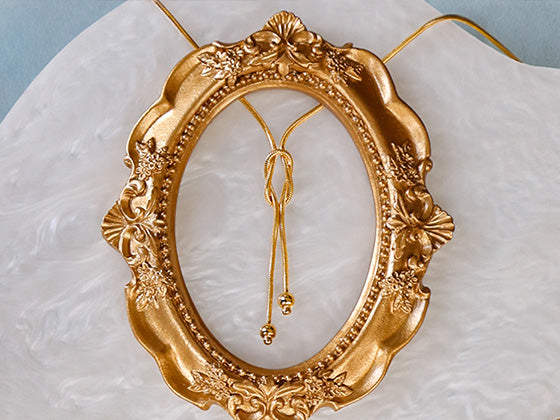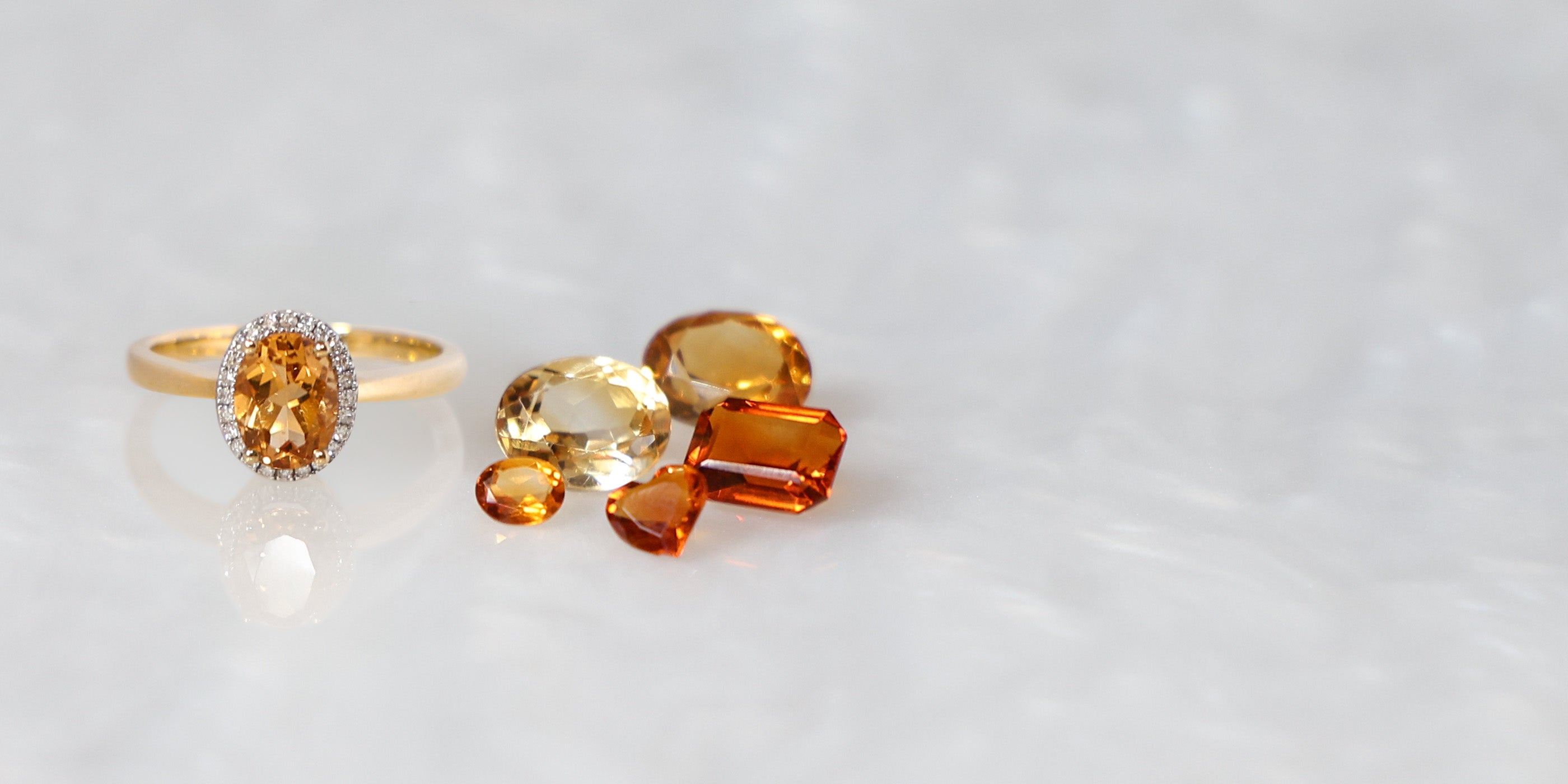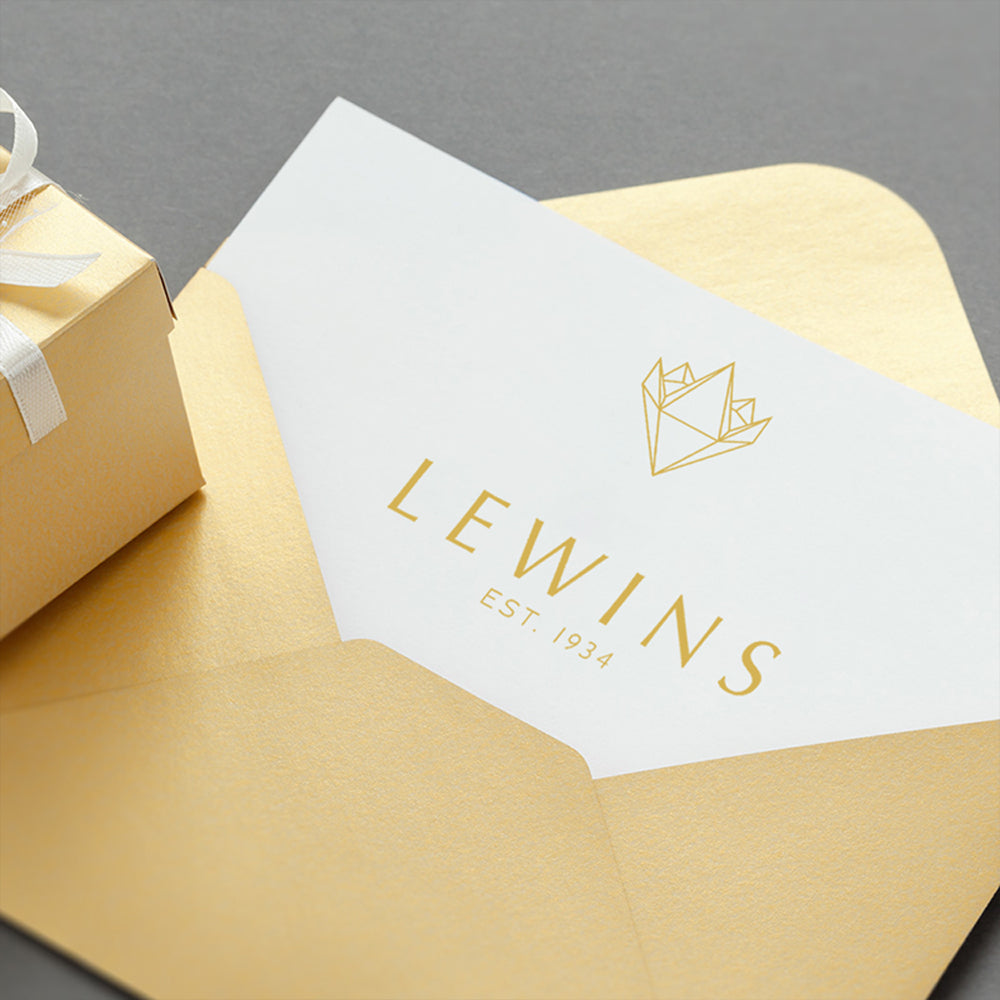This dress ring comprises of seven round brilliant cut fancy sapphires and a round brilliant cut diamond, securely set within a bezel setting. The round cut diamond exhibits the colour G-H and the clarity SI. The dress ring is split into two strands, whereby the gemstones are evenly dispersed and has a maximum width of 7mm. The ring is mounted within hallmarked platinum.
Material: Platinum
Brand: Lewins
Style: Dress
Primary Stones: Fancy Sapphire, 7 Round Brilliant Cut, apx, total weight 0.52cts
Secondary Stones: Diamond, 1 Round Brilliant Cut, apx, total weight 0.04cts
Birthstone: Sapphire - September, Diamond - April
Anniversary: Sapphire - 5th, 45th, 75th, Diamond - 10th, 60th
Ring Size: M
Dimensions: 7mm (Width)
Weight: 4.79 grams
Gem Lore:
Sapphire - derives from the Latin word ‘saphirus’ and Greek word ‘sapheiros’, which simply translates to the colour blue. This gemstone is referenced frequently throughout Ancient Literature. From being the celestial material given to Moses, that sacredly held the inscription of the Ten Commandments. The ancient Persians, who believed the earth to rest on a giant sapphire, which was then reflected in the sky. To Helen of Troy, who was thought to possess a large star sapphire, the reason behind her desirability. In most recent times, sapphire has come to symbolise wisdom and creativity.
Fancy Sapphires - come in a rainbow of colours with varying tones and saturations, from: orange, yellow, white, green, pink, purple and brown. Essentially, any colour apart from red, as this is more commonly known as the gemstone ruby. The spectrum of colours exhibited, is caused by specific trace elements. Certain elements will always create certain colours. For example: iron and titanium cause the blue colour in blue sapphires, the more iron and titanium present, the more saturated the blue. The presence of iron in sapphires, can also create yellow and green sapphires.
Orange sapphires symbolise courage and togetherness. Yellow sapphires symbolise wisdom and prosperity. Green sapphires symbolise peace and honour. Pink sapphires are compared to a lotus flower, which symbolises beauty, wisdom and sincerity. Purple sapphires are thought to symbolise intuition and clarity.
Diamond - derives from the Greek word ‘adamas’, which translates to ‘invincible’. Today, the meaning somewhat refers, to the gemstones excellent hardness (ranking 10 on Mohs' scale), hence diamonds are highly resistant to be scratched or abraded by another material, other than diamonds itself. Moreover, diamonds possess the magical phenomenon of fire, which relies on the facetted gemstones ability to disperse (split) light, into a rainbow of colours.
The ancient Egyptians thought diamonds symbolised life, and the Pharaohs were known to place the gemstone in the centre of an ankh cross. Whereas, the ancient Greeks believed diamonds to be the tears of the gods or broken splinters from fallen stars. Alternatively, in ancient Roman literature it is noted that Cupids arrows were ‘diamond tipped’, maybe one of the first references that associates the gemstone with love.
Ring Resizing Service - How To Request Your Size:
If the current ring size listed under the details section, does not match your requirements. Please complete the enquiry form: including the reference code of the ring, which is located above the price, along with the ring size you need.
We will assess the feasibility of your request and provide you with a quotation for the bespoke alteration. If you decide to proceed, we will email you a link to review and process your customised order.
*Please Note: our resizing service typically requires a timeframe of 10 to 14 working days to complete. Rings that have been resized, cannot be returned for an exchange or refund.
Can Any Ring Be Resized?
No, depending on the design and setting, some rings cannot be resized. Whilst other rings can be safely resized up or down, by one to four sizes.
Are There Limitations To Resizing Rings?
Yes, it is important to appreciate that rings are made to fit their current size. When a request is made to significantly reduce the current size, it can result in the band developing an oval shape. Equally, increasing the size beyond a certain point, can alter the curvature of the band. Such modifications can potentially compromise the stability of settings, that hold gemstones securely in place.
As a result, there are limitations on how much a ring can be resized without compromising its structural integrity. If a requested size change impedes the durability of the ring, alternative solutions such as incorporating a half shank or soldered beads, if appropriate can be suggested.
Remember there is only about a 1mm difference between each whole ring size. For more information on what to consider when finding your size, read our blog: "The Factors Affecting Ring Size”.
Jewellery Care Precautions:
Avoid direct contact with: perfume, lotions, skincare, hairspray / other chemicals. Remove, your jewellery: when showering, swimming (as both chlorine and saltwater will react with metals), washing your hands / using hand sanitisers, before going to bed or when participating in physical activities (going to the gym, exercising, gardening, housework etc….).
Beware, metals may tarnish over time due to oxygen contact and natural body oils. Prevent items from being exposed to moisture and direct sunlight, for long periods. Store jewellery in a dry place away from humidity, in a pouch/jewellery box and keep each piece separated from each other. Care, for your jewellery by cleaning with a soft dry cloth.
Platinum:
Platinum as an element in it purest form, is denser and stronger than gold. Due to this, platinum can be used in a purer form than gold, and when used in jewellery, 90-95% of platinum is alloyed with cobalt/iridium. Containing a high purity of platinum, means that of all of the precious metals used in jewellery, platinum is the most hypoallergenic.
Platinum is naturally white in colour and unlike white gold or sterling silver it will not tarnish, fade or discolour. However with natural age and wear, the high polish will dull to a darker matte tone and the metal will develop a patina of age. Although durable, platinum has a softer surface than 18ct white gold, and the appearance of scratches are more visible. Heavy wear will result in surface damages of little bumps and ridges.
To prolong the condition and surface wear of platinum, it is advisable to practise our jewellery care precautions. A professional polish, with our workshop, will revive the high mirror-like polish and smooth surface of your platinum jewellery.
Fancy Sapphire, Corundum:
Hardness: 9 | Toughness: Excellent | Stability: Very Good
Low Caution: A very durable gemstone, generally it is safe to use in; Jewellery Cleaners (Dips, Ultrasonic, Steam Cleaners).
Gemmological Observation: Corundums are a very durable gemstone. However, if lead-glass filled or heavily fractured, you will need to avoid: Chemicals (acids, detergents), Direct Heat, Jewellery Cleaners (ultrasonic, steam cleaners).
Diamond:
Hardness: 10 | Toughness: Good | Stability: Excellent
Low Caution: A very durable gemstone, generally it is safe to use in; Jewellery Cleaners (Dips, Ultrasonic, Steam Cleaners).
Gemmological Observation: Diamonds have excellent hardness, this means only a diamond can scratch/abrade another diamond. To avoid scratches, store your diamond set jewellery separately. Diamonds only have good toughness, as they possess perfect cleavage. This means that if knocked in the wrong direction, the diamond can cleave/fracture. Whilst wearing, you will need to avoid: Sudden Impact (sharp knocks). If the diamond is heavily fractured, you will need to avoid using: Jewellery Cleaners (ultrasonic, steam cleaners).
















 Contact Us
Contact Us







